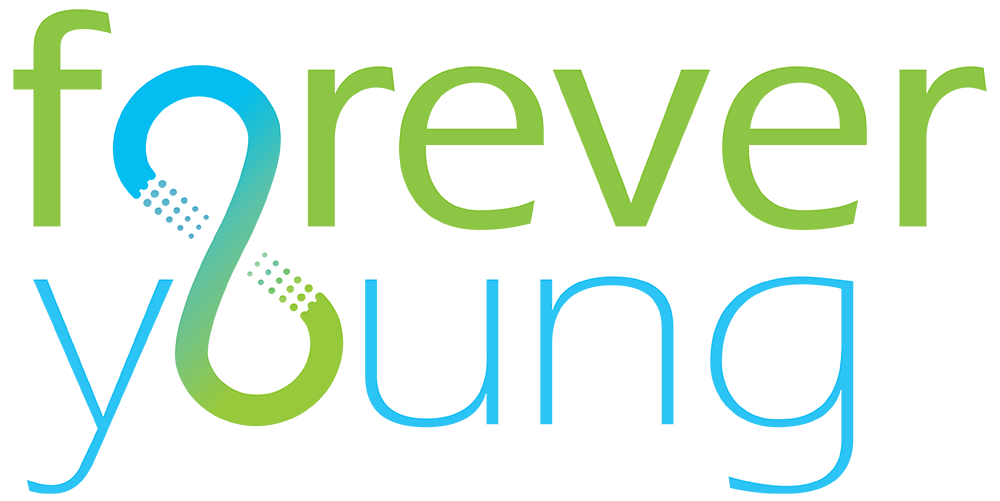Some research reports that an astonishing 25% of U.S. adults reported low back pain (LBP) in the prior 3 months and that LBP causes disability around the world more than other conditions! People with back pain routinely use non-steroidal anti-inflammatories such as ibuprofen. However, a recent study published in Science Translational Medicine reports that NSAIDs for some people increase their risk of developing chronic pain by 76%. The susceptibility of some people developing chronic low back pain from NSAIDs is due to one’s genetic makeup.
Guidelines for Doctors
Interestingly, The American College of Physicians guidelines for adults with acute back pain is to start treatment with non-drug therapy. They recommend superficial heat, massage, acupuncture, or spinal manipulation. They also state that NSAIDs or muscle relaxants can be used. The same agency notes that most patients with acute low back pain improve with time regardless of treatment. For those with chronic low back pain, they again recommend starting with the same treatments for acute back pain but add rehabilitation, mindfulness-based stress reduction, tai chi, yoga, exercise, progressive relaxation, and cognitive-behavioral therapy.
What Doctors Really Prescribe
We all know the typical doctor in America does not typically recommend these therapies as the first line of treatment but prescribes pain medications such as NSAIDs, steroids (prednisone), or opioids. I am sure you are aware of the dangers of opioids, such as overdose, addiction, and possible death. The Centers for Disease Control reports one study where 27% of patients with newly diagnosed low back or extremity pain received an opioid prescription.
Go Natural
The take-home message from this recent research is to use natural approaches to low back pain as much as possible. First, take natural anti-inflammatories such as a good turmeric extract and MSM. One example is our Meriva Turmeric Plus, where I usually have patients take one capsule twice daily. Second, get some type of bodywork such as chiropractic, osteopathic manipulation, trigger point or regenerative injections, acupuncture, massage, or physical therapy. There has been damage to the structural component of the body (muscles, ligaments, tendons, vertebral discs), so it is important to support structural healing. If your pain level is too high, use NSAIDs or acetaminophen short-term while incorporating the holistic therapies I discussed.
Dr. Mark Stengler is a leading Naturopathic Medical Doctor and author. He practices with his wife Dr. Angela Stengler, at the Stengler Center For Integrative Medicine in Encinitas, California (855-DOC-MARK). You can also sign up for his FREE Newsletter at Americasnaturaldoctor.com
References
Amir Qaseem, Timothy J. Wilt, Robert M. McLean, et al; for the Clinical Guidelines Committee of the American College of Physicians .. Noninvasive Treatments for Acute, Subacute, and Chronic Low Back Pain: A Clinical Practice Guideline From the American College of Physicians. Ann Intern Med.2017;166:514-530. [Epub 14 February 2017]. doi:10.7326/M16-2367
About CDC’s Opioid Prescribing Guideline. https://www.cdc.gov/opioids/providers/prescribing/guideline.html. Published 2022.
Acute Low Back Pain. https://www.cdc.gov/acute-pain/low-back-pain/index.html#:~:text=Low%20Back%20Pain%20(LBP)%20is,in%20the%20prior%203%20months. Published 2022.

